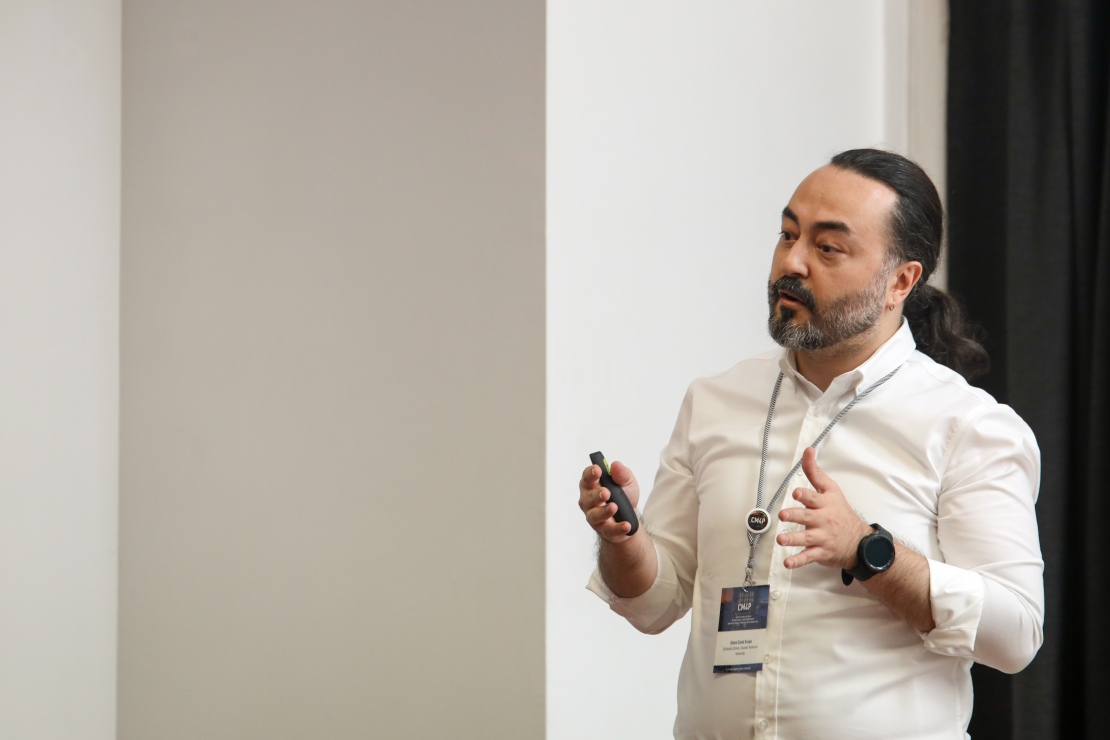A conference paper titled “Comparison of Hemodynamic Characteristics of Localized Aortic Valve Calcifications under Uniform and Helical LVOT Flows” was presented by E. Cenk Ersan at ECCOMAS 2023 – Computational Methods in Multi-Scale, Multi-Uncertainty and Multi-Physics Problems Applications, held in Porto, Portugal, on June 12, 2023.

Location: Porto, Portugal
Date: Sep 11-13, 2023
Presentation Title: Comparison of Hemodynamic Characteristics of Localized Aortic Valve Calcifications under Uniform and Helical LVOT Flows
A conference paper titled “Comparison of Hemodynamic Characteristics of Localized Aortic Valve Calcifications under Uniform and Helical LVOT Flows” was presented by E. Cenk Ersan at ECCOMAS 2023 – Computational Methods in Multi-Scale, Multi-Uncertainty and Multi-Physics Problems Applications, held in Porto, Portugal, on June 12, 2023.
This study investigates the complex interaction between blood flow and calcified aortic valve leaflets in the context of aortic stenosis (AS), a condition characterized by narrowed valve openings and impaired blood flow due to calcium build-up. To simulate these dynamics under realistic conditions, the study employs Fluid-Structure Interaction (FSI) simulations using the Immersed Boundary-Finite Element (IBFE) method, incorporating physiologically relevant inputs such as realistic LVOT inflows and aortic pressures modeled via a three-element Windkessel model.
Recognizing that LVOT flow can vary from uniform to helical due to anatomical or pathological factors (e.g., Aortoseptal Angles – AoSAs), the study explores the impact of both right- and left-handed helical flows on leaflet stress, deformation, and flow disturbances. Key hemodynamic parameters analyzed include energy loss, aortic jet velocity, kinetic energy, vorticity, and various wall shear stress (WSS) metrics such as TAWSS, OSI, RRT, transWSS, and helicity-based indices.
This comprehensive investigation contributes novel insights into the hemodynamic consequences of localized aortic valve calcifications, particularly highlighting how inflow helicity influences the progression of aortic stenosis, thereby offering clinically relevant and quantifiable findings.